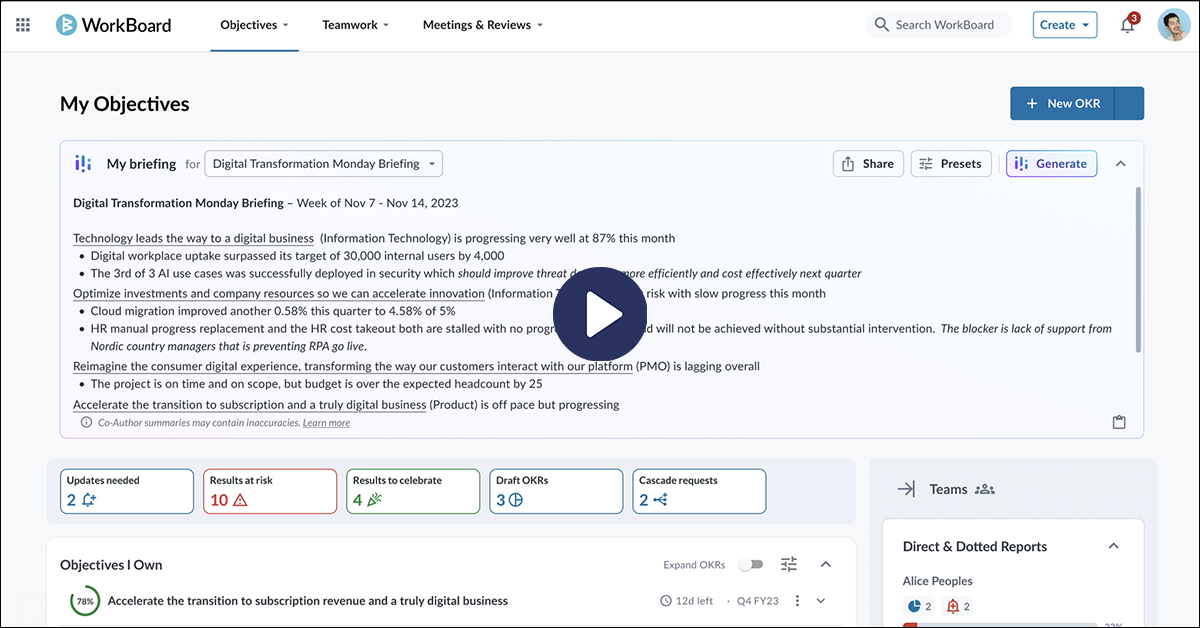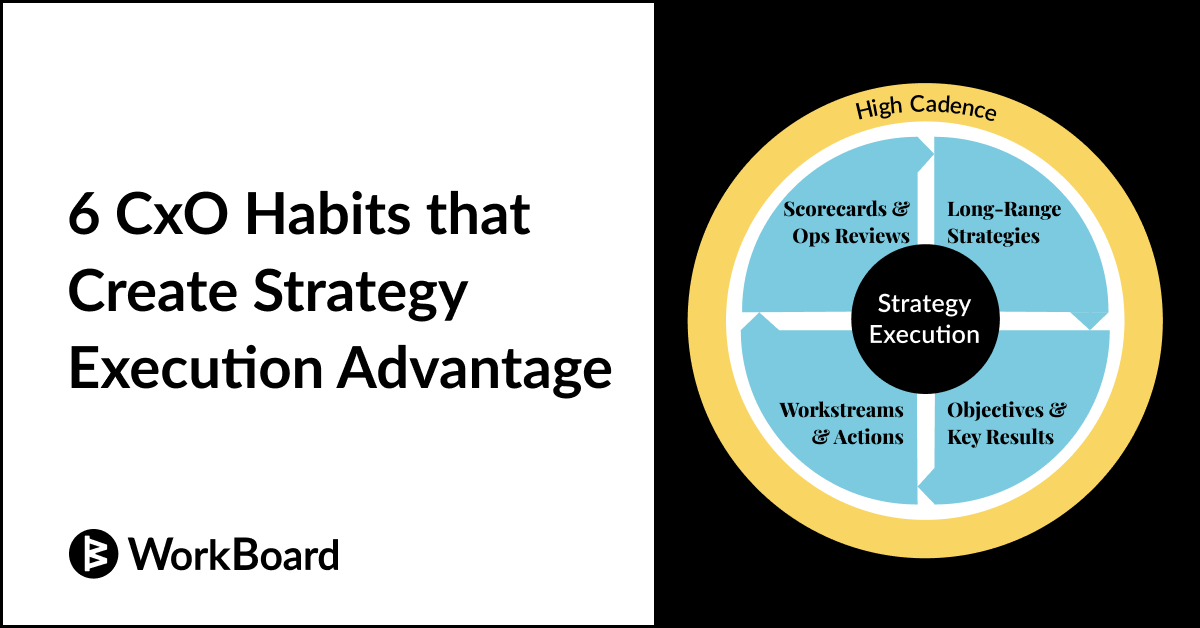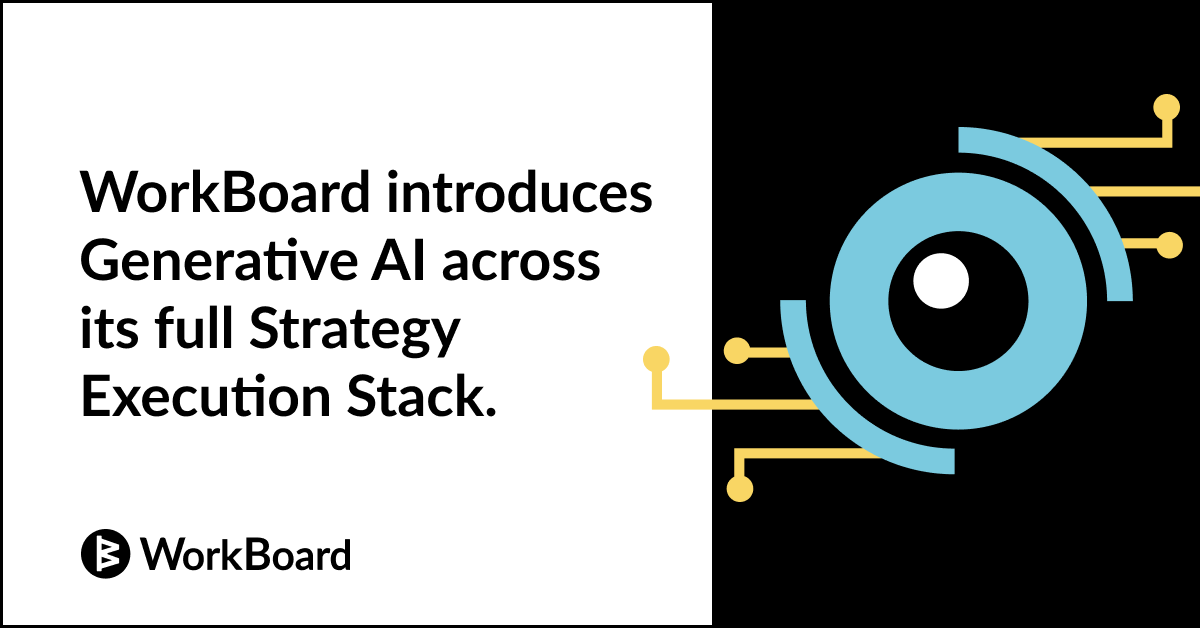In enterprises large and small, CEOs and business unit leaders are very excited about generative AI in their commercial offerings and in internal operations, yet, in stark contrast, there is remarkably low interest or uptake in their organizations. In too many companies, the CEO’s appetite is blocked by employees’ attitudes.
Rousing CEO speeches about the bright future of their industry with GenAI are met with surprising resistance. The harsh reality is that if your employees don’t embrace GenAI and its possibilities, your company won’t be leading that new future.
The silent resistance comes from employees’ fear and lack of familiarity:
- 33% of employees fear they will be replaced by AI
- 23% are afraid they’ll be viewed as lazy
- 26% believe they’ll be viewed as a fraud for using AI-generated content1
While 78% of executives believe GenAI is a game changer, a whopping 64% of employees have no or very low familiarity with it, and that gap is no surprise since only 31% of companies2 have a formal AI strategy.
Employees’ lack of familiarity with and fear of GenAI are gating your company's ability to innovate or take advantage of it. If people don’t use GenAI, it’s hard to truly appreciate what it can do, rationally ideate on its possibilities, or benefit from its impact.
Passing familiarity isn’t enough. Frequency of use is key to unlocking perceived value, which in turn unlocks value created: 90% of people that use GenAI daily report productivity gains versus under 40% who use it once a month3. If your employees don’t use GenAI frequently, how will they help your customers do so?
6 tactics to build competency and confidence
While your instinct might be to send more technical people to technical classes on GenAI, these may simply convince your engineers their jobs will be replaced – not the impetus for inspiration! Use these 6 tactics to reduce fear, increase familiarity and drive usage frequency across the organization instead:
1. Use GenAI daily yourself so you develop a visceral appreciation for it. It will spark a hundred new ideas for how to create similar value for your customers, and you will be far more effective making it tangible within your organization. Three easy moves:
- Switch all your Web searches to OpenAI so it becomes a daily habit, and you fully appreciate its pattern-disruption and accelerating powers.
- Use AI-generated summaries to prepare for every meeting so you understand how much better prepared you are and how much meeting time can be eliminated – see how easy it is with WorkBoard.
- Have GenAI draft your emails much like a secretary would draft letters. An outline or bullets become fully formed messages in 5 seconds – not 5 or 25 minutes – so the message gets sent before you’re interrupted.
Use AI-generated summaries to cut down meeting prep time

2. Tell employees how you use GenAI in personal terms. Repeat the message in all-hands formats, large group meetings, and skip level venues until it bores you. It will reduce the perception that using GenAI is “lazy” or “cheating” and lower angst that GenAI is a setup for layoffs.
3. Activate GenAI options in existing enterprise tools so it is in the flow of work rather than separate from it. Reducing the steps to using GenAI increases the odds that people will. Activating it in systems like WorkBoard increases familiarity and frequency – and the GenAI improves alignment, reduces time-zone and language barriers, saves time, and boosts productivity!
4. Cultivate champions in each area of the org that are daily users of at least three use cases. Ask VP-level leaders to identify the champions; pull them into a cohort that convenes monthly for the rest of this year to share insights, learnings, and behavior patterns with you and the product leaders bringing GenAI into your offerings. You’ll find patterns are broadly applicable to rapid commercial innovation and adoption.
5. Execute a great communications plan to drive frequent use. The champions’ examples and voices are the golden source for these communications, emphasizing how employees win to change their behavior. (Don’t emphasize measured productivity or hours saved – employees may interpret these as job elimination signals which amplifies resistance.)
6. Run several hackathons for both internal and commercial uses to engage people in ideating and applying GenAI. Create the time, space, and celebration rituals that ignite both technical and non-technical teams. Unlike other hackathons, it’s very easy to engage people across all functions on GenAI; ask us for our GenAI hackathon kit if you don’t have one already. Then quickly adopt and promote the best ideas from each hackathon!
Changing Minds is Slow Work, So Start Now
The companies in our ecosystem that quickly adapted to GenAI and adopted these tactics have already delivered differentiated value to their customers; those that didn't are still struggling to articulate how or where GenAI fits into their commercial roadmaps, and their first volleys are likely to fall far short of those organizations who metabolized the benefits.
There are few industries in which GenAI is not a transformative force, and the pace of advancement is faster than anything before. GenAI will disrupt the way we work and play, the way we create offerings, and how customers interact with our products. Your workforce’s lack of real GenAI competency and consumption are barriers you must quickly overcome to compete next year and beyond. Disrupt yourself.
State of AI at Work 2024 Research Report by Anthropic is the source of 1, 2, and 3.









